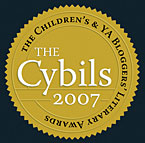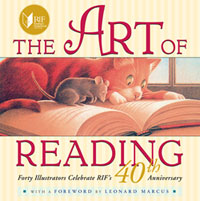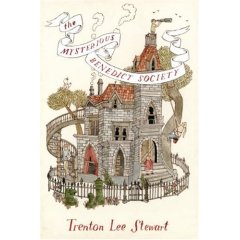My husband and I saw Michael Clayton on Friday night. I was surprised that the theater was so crowded; hadn't this movie been out for awhile? [Yes, since October 5, 2007.] Oh, but wasn't it nominated for a bunch of Academy Awards? [Yes, seven of them, including Best Picture.] I blame my lack of prior knowledge or interest on the boring title, because it's an excellent movie. A smart, grownup, and very writerly one. It reminded me that I really like reading books for grownups, too. Must do more of that.
But Michael Clayton the movie also features something that I think is supposed to be a middle-grade fantasy novel titled Realm+Conquest. I'm not sure whether the novel is based on a computer video game or vice versa, but Henry Clayton (Michael's nine-year-old son) is obsessed with it. Early in the movie, he has a lengthy, mostly one-sided conversation about Realm+Conquest with his dad, in the car on the way to school. My husband and I looked at each other knowingly: Henry reminded us of Leo! And maybe Michael, not really paying attention, reminded me of me. I have to confess I didn't really pay attention in the movie, either; but I should have, because Realm+Conquest turns out to be important.
The prop book itself was made by Praxis Bookbindery (see the Daily Hampshire Gazette, 10/17/2007). It's beautiful, taller and narrower than you might expect, with an embossed dark red limp leather binding. In short, it looks nothing like a middle-grade fantasy novel--or rather, it looks like what Hollywood thinks a middle-grade fantasy novel should look like (the same could be said of George Clooney and your average lawyer, I suppose. Note: I'm not complaining). Looks aside, writer/director Tony Gilroy, who was inspired by his own son's reading, gets Henry's response to the book exactly right. Now I have to work on mine.






















